Special Offers
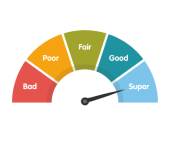
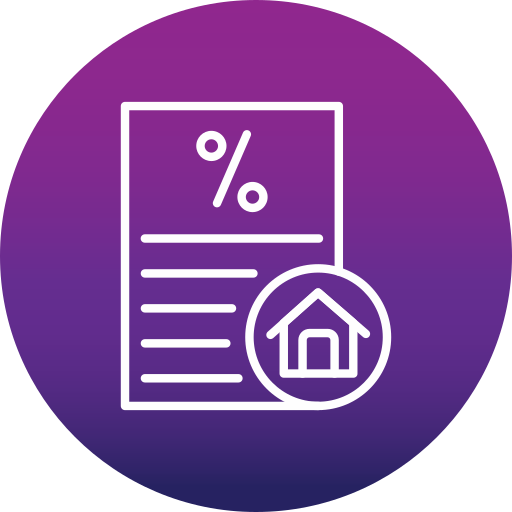
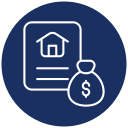
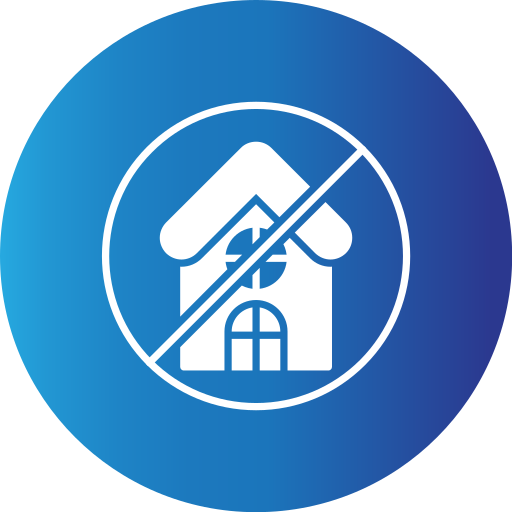
Special Offers




04-Apr-2025 | Home Loan
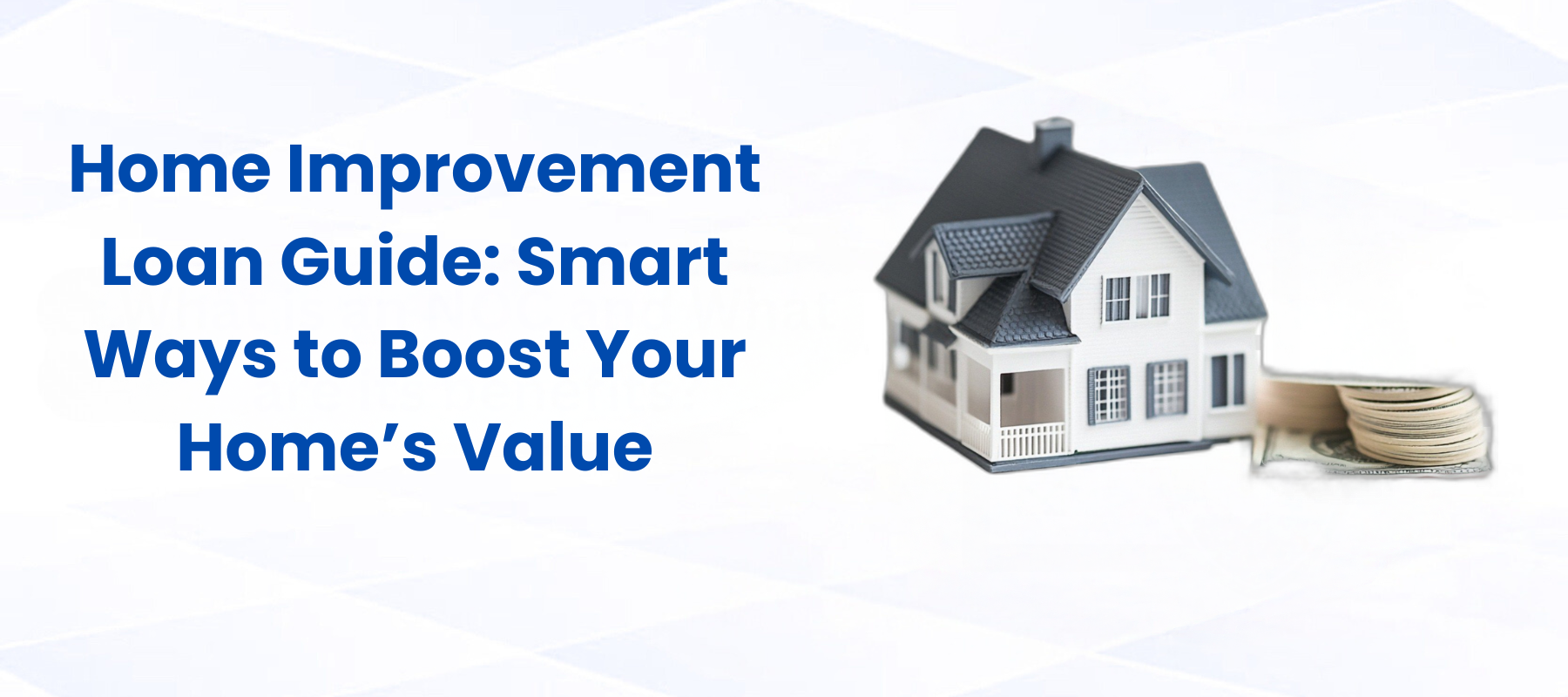
Renovating your home can be a rewarding experience, whether you are looking to enhance your living space or increase its resale value. However, home improvements often require significant financial investment. If you don’t want to dip into your savings, a Home Improvement Loan can be a great option. Aavas Financiers offers easy and hassle-free home improvement loans to help you achieve your dream home without financial stress.
In this comprehensive guide, we will explore essential home improvement loan tips, the benefits of financing your renovations, and how Aavas Financiers can assist you in making informed decisions.
Why Opt for a Home Improvement Loan?
A home improvement loan provides financial assistance to homeowners who wish to upgrade their living spaces. Whether you need to remodel your kitchen, repaint walls, upgrade interiors, or enhance structural integrity, this loan ensures you don’t have to compromise on quality due to financial constraints.
Benefits of Home Improvement Loans:
Financial Flexibility: Allows you to renovate without exhausting savings.
Affordable EMIs: Repayment in easy installments.
Increases Property Value: Upgraded homes fetch better market value.
Enhances Comfort & Aesthetics: Provides a fresh, modern look.
Tax Benefits: Interest paid on home improvement loans may be tax-deductible under certain conditions (Refer to Section 24(b) of the Income Tax Act).
Key Tips for Taking a Home Improvement Loan
1. Assess Your Home Improvement Needs
Before applying for a home improvement loan, determine what aspects of your home require enhancement. Make a list of necessary repairs and upgrades such as flooring, wall painting, plumbing, or structural repairs. This will help you estimate the required loan amount.
2. Calculate the Estimated Budget
Once you’ve identified your home improvement needs, get quotations from contractors or interior designers to understand the cost. This will prevent under-borrowing or over-borrowing. Aavas Financiers offers flexible loan amounts based on your requirements.
3. Compare Interest Rates and Loan Tenure
Different financial institutions offer varying interest rates. It is crucial to compare loan options to get the best deal. Aavas Financiers provides competitive interest rates and convenient repayment tenures, making it easier for borrowers to repay without financial burden.
4. Check Your Eligibility
Most lenders consider factors such as income, employment type, credit score, and existing liabilities before approving a loan. Aavas Financiers has easy eligibility criteria, ensuring that salaried and self-employed individuals can apply with minimal documentation.
5. Maintain a Good Credit Score
A higher credit score increases the chances of securing a home improvement loan at better terms. Ensure that you have a good repayment history and avoid defaults on existing loans to maintain a credit score above 750.
6. Understand Loan Disbursement Process
Once your loan is approved, lenders usually disburse the amount in phases or lumpsum, depending on the improvement plan. Aavas Financiers ensures quick and hassle-free disbursement so that your home improvement project is not delayed.
7. Read the Loan Agreement Carefully
Before signing the loan agreement, read all terms and conditions, including prepayment charges, processing fees, interest rate variations, and late payment penalties. Aavas Financiers provides transparency in loan agreements, ensuring there are no hidden charges.
8. Consider Loan Repayment Capacity
Analyze your monthly income and expenses to ensure that the EMI payments do not become a financial burden. Use an EMI calculator to estimate monthly payments and choose a tenure that suits your budget.
9. Plan for Unexpected Costs
Home improvement projects often exceed the initial budget due to unforeseen expenses. Keep an additional buffer of at least 10-15% of the estimated cost to manage such situations.
10. Opt for a Trusted Lender
Choosing a reliable financial institution like Aavas Financiers ensures a smooth borrowing experience with minimal documentation, competitive interest rates, and excellent customer service.
How to Apply for a Home Improvement Loan with Aavas Financiers?
Applying for a home improvement loan is simple with Aavas Financiers. Follow these easy steps:
Check Eligibility: Ensure you meet the basic criteria for the loan.
Gather Documents: Provide identity proof, address proof, income proof, and property-related documents.
Apply Online or Offline: Visit the nearest Aavas Financiers branch or apply online through the official website.
Loan Approval & Disbursement: Once verified, your loan is approved and disbursed promptly.
Conclusion
A home improvement loan is an excellent financial tool that helps homeowners enhance their living spaces while increasing the overall property value. Aavas Financiers makes the process simple and efficient with competitive interest rates, flexible repayment options, and hassle-free approvals.
If you are planning a home makeover, take advantage of a home improvement loan today and transform your house into a dream home without financial stress. Visit Aavas Financiers to learn more and apply easily!
Understanding Home Loans and Personal Loans
A home loan is a secured loan obtained to purchase or construct a residential property. The property itself serves as collateral, allowing lenders to offer lower interest rates and longer repayment tenures, often extending up to 30 years. Additionally, home loans in India provide tax benefits under Sections 80C and 24(b) of the Income Tax Act, enabling deductions on principal and interest payments.
In contrast, a personal loan is an unsecured loan that can be used for various purposes, such as medical emergencies, education, or travel. Due to the lack of collateral, personal loans typically carry higher interest rates and shorter repayment periods, usually ranging from 1 to 5 years.
Evaluating the Use of a Personal Loan to Repay a Home Loan
Before considering this financial strategy, it's crucial to assess its potential benefits and drawbacks.
Potential Advantages:
1. Quick Access to Funds: Personal loans often have a faster approval process with minimal documentation, providing swift access to funds. This can be beneficial if you're seeking immediate financial relief.
2. No Collateral Required: Since personal loans are unsecured, you don't need to pledge additional assets beyond your existing home, which is already collateral for the home loan.
Significant Disadvantages:
1. Higher Interest Rates: Personal loans generally have higher interest rates compared to home loans. Using a higher-interest loan to repay a lower-interest one may increase your overall financial burden.
2. Shorter Repayment Tenure: With shorter repayment periods, personal loans require higher Equated Monthly Installments (EMIs), which could strain your monthly budget.
3. Loss of Tax Benefits: Home loans offer tax deductions on both principal and interest payments. By repaying your home loan with a personal loan, you forfeit these tax advantages, potentially leading to higher tax liabilities.
4. Increased Financial Risk: Taking on additional debt to repay existing debt can lead to a debt spiral, especially if unforeseen financial challenges arise, increasing the risk of default.
Expert Opinions and Financial Insights
Financial experts generally advise against using personal loans to repay home loans due to the associated risks and costs. Instead, they recommend exploring alternative strategies to manage home loan repayments effectively.
Alternative Strategies to Manage Home Loan Repayments
If you're facing difficulties with your home loan repayments, consider the following alternatives:
1. Utilize Savings or Investments: If feasible, use your savings or liquidate non-essential investments to make partial prepayments on your home loan. This can reduce the outstanding principal and interest burden over time.
2. Increase EMI Payments: If your financial situation allows, consider increasing your EMI payments. Higher EMIs can shorten the loan tenure and reduce the total interest paid, leading to faster debt clearance.
Conclusion
While the idea of using a personal loan to repay a home loan might seem appealing due to quick access to funds and the absence of additional collateral requirements, it is generally not advisable. The higher interest rates, shorter repayment tenures, loss of tax benefits, and increased financial risk outweigh the potential advantages. Carefully assess your financial situation and consider alternative strategies to manage your home loan repayments effectively. Consulting with a financial advisor can provide personalized guidance tailored to your circumstances, ensuring informed and prudent financial decisions.